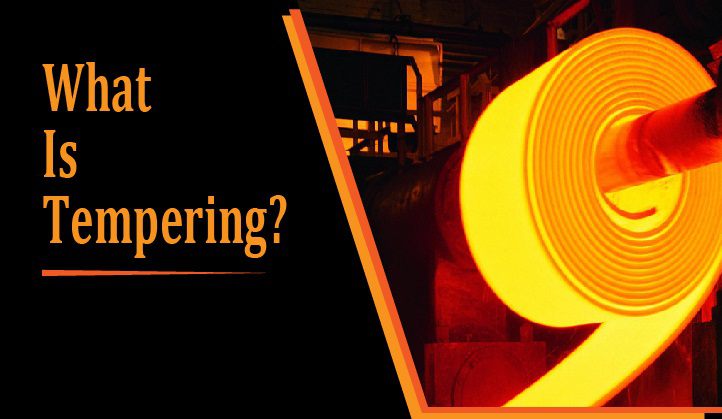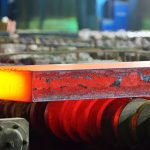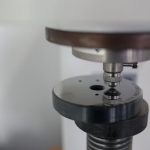Tempering is a low temperature (below A1) heat treatment process normally performed after neutral hardening, double hardening, atmospheric carburising, carbonitriding or induction hardening in order to reach a desired hardness/toughness ratio.
Benefits
The maximum hardness of a steel grade, which is obtained by hardening, gives the material a low toughness. Tempering reduces the hardness in the material and increases the toughness. Through tempering you can adapt materials properties (hardness/toughness ratio) to a specified application.
Application & materials
Tempering can be divided into three main groups:
· Low temperature (160-300°C): used for case hardening components and cold working tool steels. Typically, hardness requirement is around 60 HRC.
· Tempering of spring steels (300-500°C): used for spring steels or similar applications. Typically, hardness requirement is around 45 HRC.
· High temperature (500°C or higher): used for quenched and tempered steels, hot working tool steels and high speed steel. The hardness will vary from 300HB to 65HRC dependent on the material.
Process details
The tempering temperature may vary, depending on the requirements and the steel grade, from 160°C to 500°C or higher. Tempering is normally performed in furnaces which can be equipped with a protective gas option. Protective gas will prevent the surface from oxidation during the process and is mainly used for higher temperatures. For some types of steels the holding time at the tempering temperature is of great importance; an extended holding time will correspond to a higher temperature. Depending on the steel grade a phenomenon known as temper brittleness can occur in certain temperature intervals. Tempering inside this temperature interval should normally be avoided. These areas are shown in the steel suppliers steel catalogues, as well as the most suitable temperature depending on hardness requirements.



Comments are closed